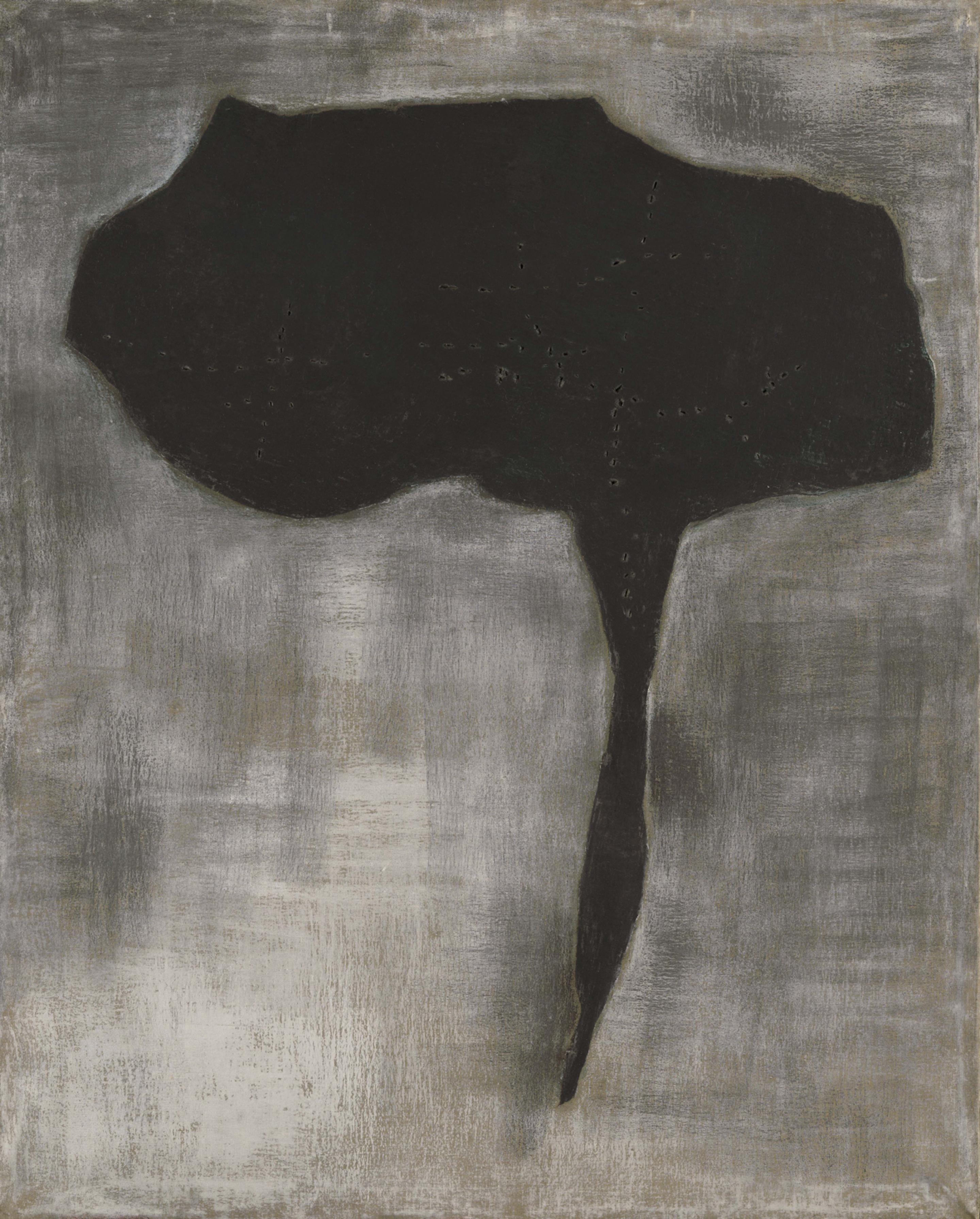LucioFONTANA
A Tribute to Lucio Fontana
04.2015–10.2015
A Tribute to Lucio Fontana
04.2015–10.2015
LucioFONTANA
Press Release
A Tribute to Lucio Fontana
Opening: April 23, 2015
April 24 – October 31, 2015
Opening: April 23, 2015
April 24 – October 31, 2015
In conjunction with Expo 2015, the Lucio Fontana Foundation and the Marconi Foundation will be presenting a tribute to Lucio Fontana at the recently renewed and extended Marconi Foundation's premises.
For the first time in Europe, the work Concetto spaziale, Trinità will be exhibited as Fontana himself planned in a number of drawings from 1966, but never saw realised.
The fulfilment of this desire is the tribute the two Foundations want to dedicate to the artist. Concetto spaziale, Trinità (1966) is an impressive example of Fontana’s work, not only in terms of size (each of the three elements measures 2 x 2 metres) but also in its glossy, rigorous composition, whose monochrome white purity refers to a dimension of infinity.
Punctuated by lines of holes that signify an elementary gesturalism, the triptych represents the artist’s highly personal, secular and poetic reflection on the absolute.
The staging of the work, designed by Fontana in drawings from 1966 (also on show for this occasion) has been faithfully adhered to.
The monochrome canvases, emphasised by blue plastic sheeting, are hung from ceiling height and enclosed in a theatrical seventeen-metre setting, a reference to a dimension of absolute purity and spatiality.
For the first time in Europe, the work Concetto spaziale, Trinità will be exhibited as Fontana himself planned in a number of drawings from 1966, but never saw realised.
The fulfilment of this desire is the tribute the two Foundations want to dedicate to the artist. Concetto spaziale, Trinità (1966) is an impressive example of Fontana’s work, not only in terms of size (each of the three elements measures 2 x 2 metres) but also in its glossy, rigorous composition, whose monochrome white purity refers to a dimension of infinity.
Punctuated by lines of holes that signify an elementary gesturalism, the triptych represents the artist’s highly personal, secular and poetic reflection on the absolute.
The staging of the work, designed by Fontana in drawings from 1966 (also on show for this occasion) has been faithfully adhered to.
The monochrome canvases, emphasised by blue plastic sheeting, are hung from ceiling height and enclosed in a theatrical seventeen-metre setting, a reference to a dimension of absolute purity and spatiality.
A further group of works created between 1951 and 1968 completes the tribute to the artist and gives some idea of his broad creativity, which ranged from figuration to extreme abstraction in a constant experimentation with the potential of new materials and techniques.
Among these works are the “gesso” Concetto spaziale (1957); Concetto spaziale (1953) from the “stones” series; the “cut” Concetto spaziale, Attese (1964); a selection of the great teatrini (1965); several “absorbent paper works”; and the lacquered metal sculptures entitled Concetto spaziale (1967).
In all of these works there is the recognizable authenticity and creative force of Fontana’s gesture, whether imprinted in the materiality of the “gesso”, modelled in the forms of the “theatres”, or in the clean, minimal purity of the “cuts”.
Among these works are the “gesso” Concetto spaziale (1957); Concetto spaziale (1953) from the “stones” series; the “cut” Concetto spaziale, Attese (1964); a selection of the great teatrini (1965); several “absorbent paper works”; and the lacquered metal sculptures entitled Concetto spaziale (1967).
In all of these works there is the recognizable authenticity and creative force of Fontana’s gesture, whether imprinted in the materiality of the “gesso”, modelled in the forms of the “theatres”, or in the clean, minimal purity of the “cuts”.










